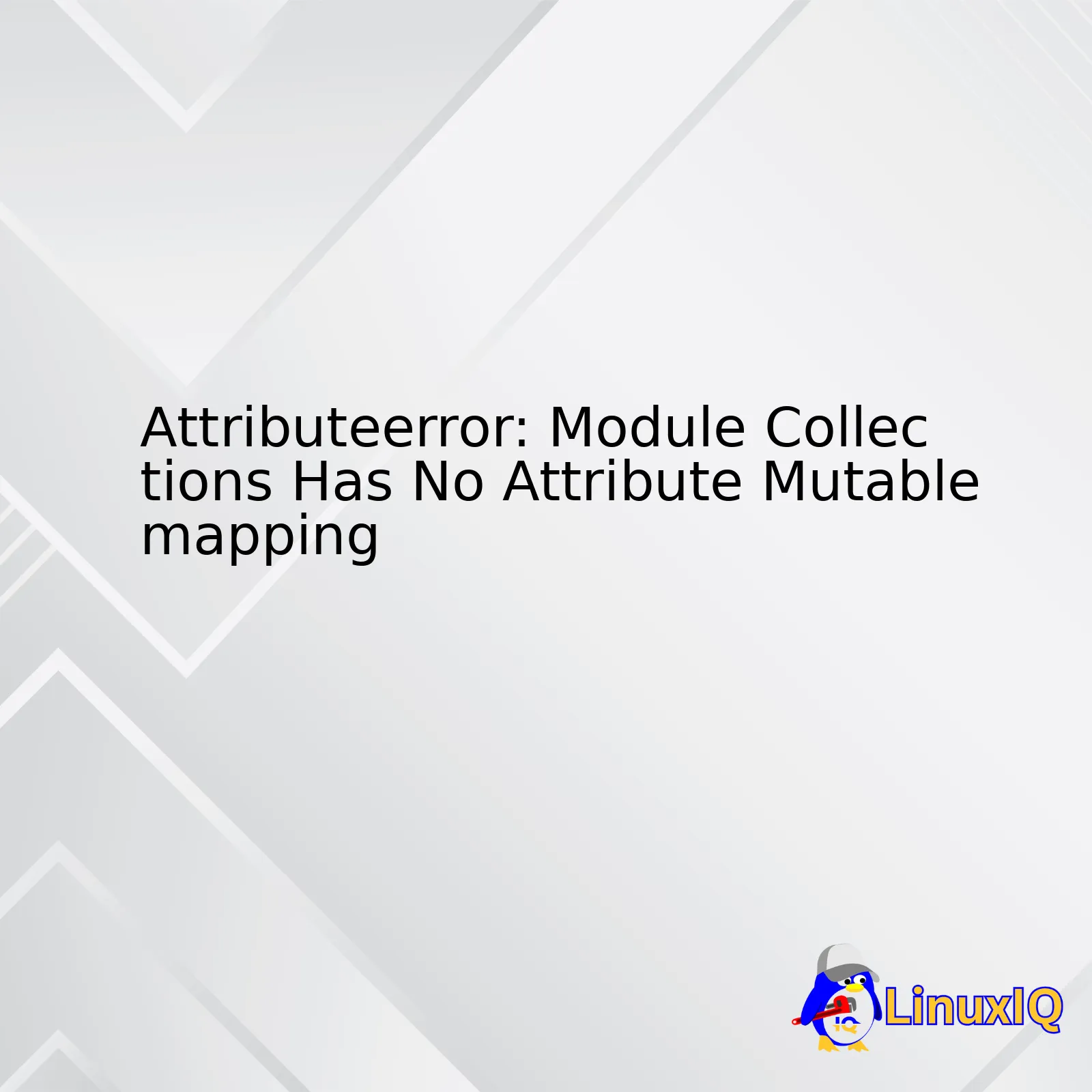The world of Thedas has been silent for nearly a decade, but the echoes of the past—of Grey Wardens, the Champion of Kirkwall, and the Inquisitor—still resonate with millions of fans. BioWare’s Dragon Age saga stands as a monumental achievement in the realm of role-playing games, a franchise defined by its incredibly deep lore, morally complex characters, and the profound weight of player choice. With the long-awaited next chapter, Dragon Age: The Veilguard, finally on the horizon, anticipation is at a fever pitch. This is the perfect moment to look back at the pillars that make this series so enduring and to gaze forward into the Fade to preview what awaits us.
For veterans who have walked these paths since the Fifth Blight and for newcomers wondering what all the fuss is about, this comprehensive overview will explore the core tenets of the Dragon Age experience. We will delve into the narrative and mechanical evolution of the series, from the tactical depths of Origins to the epic scale of Inquisition, and piece together the clues to understand the monumental threat posed by the Dread Wolf. Prepare to return to a world of magic, political intrigue, and heart-wrenching decisions.
The Pillars of Thedas: What Defines the Dragon Age Saga
At its heart, Dragon Age is more than just a series about slaying darkspawn and dragons. It is a rich, character-driven tapestry woven from threads of political conflict, religious dogma, and personal sacrifice. Three core pillars have consistently defined the franchise and elevated it beyond a simple fantasy adventure into a truly unforgettable experience.
A World of Grey Morality
The continent of Thedas is a land steeped in conflict, but rarely are those conflicts black and white. BioWare excels at creating scenarios where there are no easy answers, forcing players to navigate a landscape of grey morality. The most prominent example is the eternal struggle between mages and the Templar Order. Mages, born with a connection to the magical realm of the Fade, possess incredible power but are constantly at risk of demonic possession, becoming terrifying abominations. The Templars, a military order of the Chantry (the dominant religion), are tasked with policing them. Are the Templars righteous protectors safeguarding humanity from a very real threat, or are they oppressive tyrants who imprison and abuse innocent people for a potential they cannot control? The series never gives a definitive answer, leaving it to the player to decide where they stand through their actions.
This complexity extends to every corner of the world. The noble Grey Wardens, dedicated to fighting the demonic Blights, practice a dark ritual to gain their powers and are not above making morally questionable decisions for the “greater good.” The nation of Orlais is a beautiful but treacherous empire built on backstabbing and political games, while the Tevinter Imperium to the north is a powerful magocracy that openly practices blood magic and slavery. Every faction, every nation, and every character has their own motivations, flaws, and virtues, making Thedas feel like a real, breathing, and often brutal world.

The Power of Choice and Consequence
BioWare’s signature design philosophy is the power of player agency, and Dragon Age is a masterclass in choice and consequence. Decisions made in the first hour of a game can have ripple effects that are still felt dozens of hours later, or even in subsequent titles. Who you choose to crown as the ruler of Ferelden in Dragon Age: Origins directly impacts the political landscape in Dragon Age: Inquisition. Whether you side with the mages or the templars in Dragon Age II fundamentally alters the state of the world and the resources available to you as the Inquisitor.
These choices are not merely cosmetic. They determine who lives and who dies, which factions become your allies or enemies, and even the fate of entire nations. To manage this sprawling web of decisions, BioWare introduced the Dragon Age Keep, an online tool that allows players to customize a “world state” by making key decisions from previous games. This ensures that your personal journey carries forward, making each playthrough a unique narrative crafted by the player. It is a testament to the series’ commitment to making your story truly yours.
Companions: The Heart of the Journey
Perhaps the most beloved aspect of the Dragon Age series is its cast of unforgettable companions. These are not simply AI-controlled party members who follow you into battle; they are the heart and soul of the adventure. Each companion is a fully realized individual with a distinct personality, a complex backstory, and deeply held beliefs that often clash with your own or those of other party members. The witty and story-spinning dwarf Varric, the pragmatic and mysterious witch Morrigan, the devout and resolute seeker Cassandra, and the charmingly naive Grey Warden Alistair are just a few examples of characters who have left a lasting impression on players.
Building relationships with these characters through conversation, completing their personal loyalty quests, and gaining their approval (or disapproval) is a core gameplay loop. These relationships can blossom into deep friendships, bitter rivalries, or passionate romances. The party banter that occurs as you explore the world is often a highlight, providing moments of humor, insight, and poignant drama. Ultimately, your companions are your family, and your choices will determine their destinies as much as your own.
An Evolving Tapestry: Gameplay Across the Ages
While the narrative pillars of Dragon Age have remained consistent, the gameplay has undergone significant evolution with each installment. Each game offers a distinct mechanical experience, reflecting BioWare’s willingness to experiment and adapt, though not always to universal acclaim.
Dragon Age: Origins – A Tactical Masterpiece
The first game in the series, Dragon Age: Origins (2009), is a love letter to classic computer RPGs like Baldur’s Gate. Its combat is slow, methodical, and deeply tactical. Players control a party of four and can pause the action at any time to issue commands from an isometric, top-down perspective. Success in battle relies not on quick reflexes but on clever strategy: positioning your tank, crowd-controlling enemies with spells, and setting up devastating ability combos (like shattering a frozen enemy with a critical hit or igniting a grease slick with a fireball). A key feature was the “Tactics” system, which allowed players to create a sophisticated set of programmable AI behaviors for their companions, making them act intelligently even when not being directly controlled. This, combined with six unique “origin stories” that served as a prologue based on the player’s chosen race and class, gave the game immense depth and replayability.
Dragon Age II – A Controversial Shift
Released just two years later, Dragon Age II (2011) represented a dramatic departure. The gameplay was heavily streamlined and shifted towards a faster, more action-oriented style. Combat was fluid and flashy, with characters leaping across the battlefield and enemies spawning in waves. The tactical camera was largely removed on consoles, pushing players to stay in the third-person perspective. The narrative scope was also narrowed, focusing on the story of a single hero, Hawke, over a decade within the confines of one city, Kirkwall. This shift was polarizing. While many praised the game’s tight, personal narrative and excellent character development, others heavily criticized the recycled environments, simplified mechanics, and wave-based combat encounters. Despite the controversy, Dragon Age II tells one of the most compelling and tragic stories in the series, perfectly setting the stage for the worldwide conflict to come.

Dragon Age: Inquisition – An Epic Scale
Dragon Age: Inquisition (2014) sought to find a middle ground, blending the best elements of its predecessors. It brought back the tactical camera, multiple playable races, and a grand, world-saving narrative. The combat system was a hybrid, allowing for both real-time action and paused tactical play. The game’s biggest innovation was its scale. Players were given vast, open-world zones to explore, a fortress called Skyhold to upgrade and customize, and a “War Table” where they could send agents on missions to gather resources and influence. As the Inquisitor, the player wasn’t just an adventurer; they were the leader of a powerful organization. This epic scope made players feel truly powerful, and the game was a critical and commercial success, winning numerous Game of the Year awards. Its final DLC, Trespasser, provided a stunning conclusion that directly set up the central conflict for the next chapter of the saga.
Gazing into the Veil: What to Expect from Dragon Age: The Veilguard
After a long and patient wait, details about the next game are finally emerging. Titled Dragon Age: The Veilguard, it promises to be a direct continuation of the story threads left dangling at the end of Inquisition.
The Rise of the Dread Wolf
The central antagonist is a figure familiar to all who played Inquisition: Solas, the Dread Wolf. Revealed to be an ancient elven god of rebellion, Solas was responsible for creating the Veil—the magical barrier that separates the physical world from the raw magic of the Fade. He did this millennia ago to imprison other elven gods he saw as tyrants. However, this act had catastrophic consequences, cutting the elves off from their magic and leading to the downfall of their civilization. Now, filled with regret, Solas plans to tear the Veil down to restore his people to their former glory, an act that would unleash untold chaos and destruction upon the current world. He is not a mustache-twirling villain but a tragic, sympathetic figure with a goal that is, from his perspective, righteous. This makes him one of the most compelling antagonists in gaming history, and stopping him will be the player’s primary objective.
A New Hero and a New Team
Players will step into the shoes of a new, fully customizable protagonist, known only as “Rook.” BioWare has emphasized that this is your story, not a continuation of the Inquisitor’s. You will assemble a team of seven unique companions, each with their own deep story and skill trees, to form the titular “Veilguard.” Familiar faces like the dwarf archer Varric Tethras and the scout Lace Harding will be part of this team, alongside a host of new characters from across Thedas, including a Grey Warden, a Necromancer, and a Veil Jumper. The core of the game will revolve around building relationships with this team to confront the god-like threat of Solas.
Gameplay and Setting
BioWare has confirmed that The Veilguard is a single-player, mission-based RPG that focuses on story, characters, and moment-to-moment gameplay. This is a deliberate move away from the large, checklist-filled open zones of Inquisition. While players will visit diverse and expansive locations, the structure will be more curated to serve the narrative. The setting will take players to previously unseen parts of Thedas, most notably the Tevinter Imperium, a nation we have only heard about in lore until now. Combat is described as action-focused with a tactical wheel, allowing players to pause the action to issue commands to their two companions. The emphasis is on a tight, cinematic, and emotionally resonant experience that brings the Dragon Age formula into the modern era.
Conclusion: The Dawn of a New Age
The Dragon Age saga has carved a unique and cherished place in the landscape of video games. Its legacy is built on a foundation of world-class writing, a universe rich with history and conflict, and a deep respect for player choice. From the desperate fight against the Blight in Origins to the rise of a global power in Inquisition, the series has consistently delivered unforgettable adventures powered by its incredible characters.
Now, all eyes turn to Dragon Age: The Veilguard. It carries the weight of immense expectation, but it also holds the promise of a new beginning—a chance to dive back into the world of Thedas, to forge new friendships, to face an old friend as a new foe, and to once again shape the destiny of a world. The wait has been long, but the journey ahead promises to be the most epic and personal one yet.





